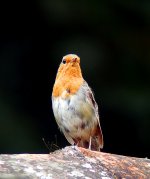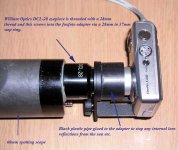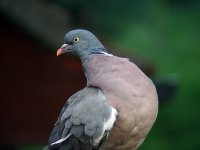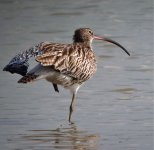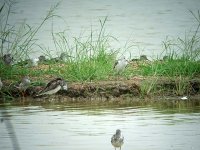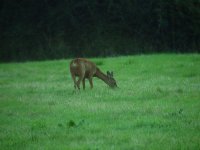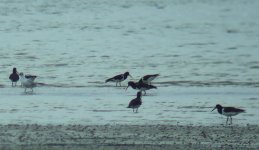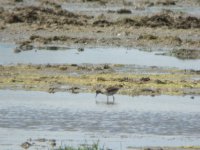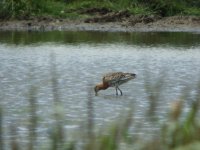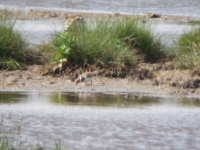Paul Corfield
Well-known member
Just had a week away on holiday with the wife and kids and had no time for digiscoping but I packed the scope anyway just in case. I was glad I did as I managed a pretty nice shot of a Robin on the last day of my holiday. Didn't have time to set the camera up so it was just mounted quickly to the scope and taken on auto without zooming in or anything. Cropped and sharpened in Photoshop, nothing else done. Not had much time with the camera yet but I think it's great considering what it costs.
Paul.
Paul.




